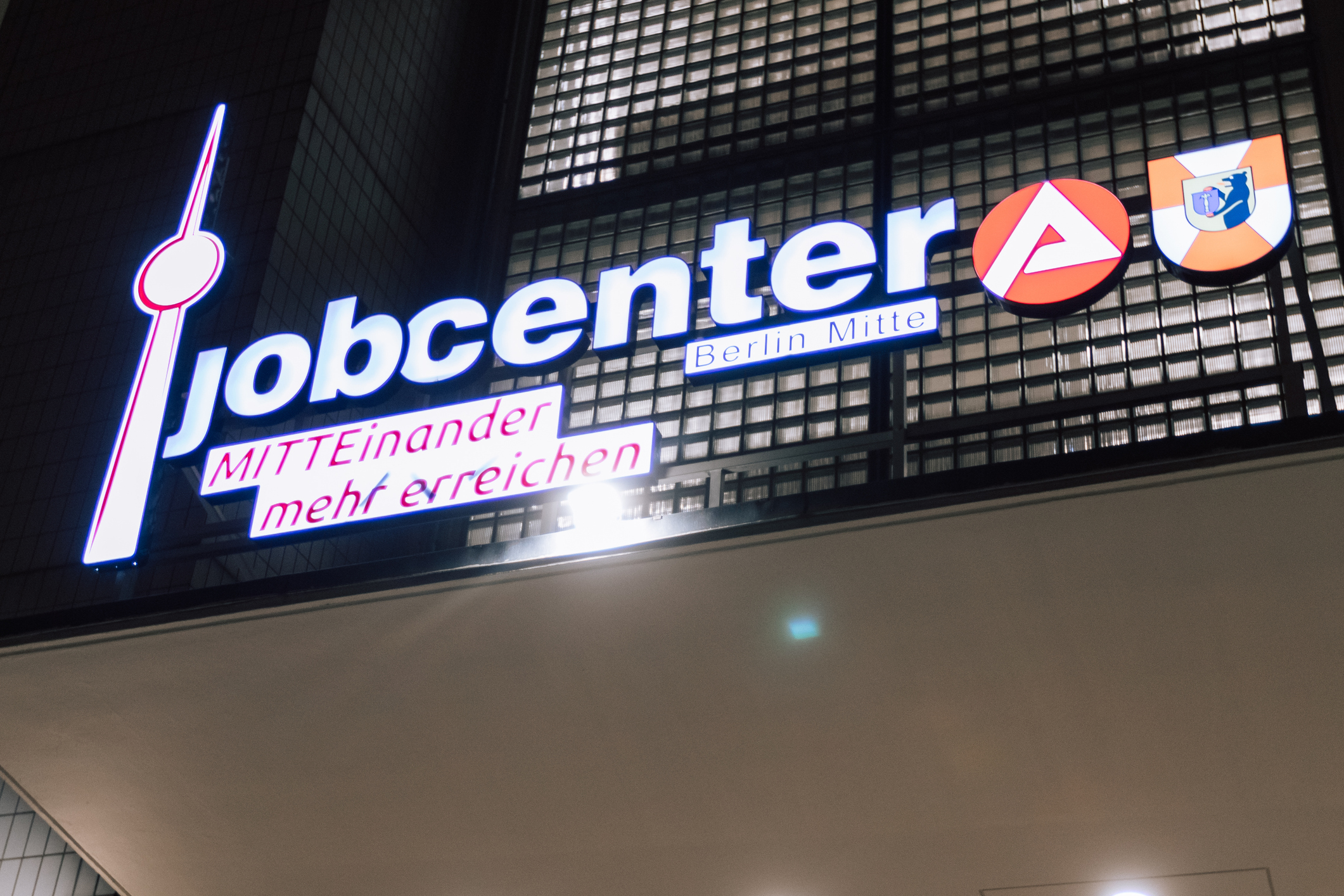German sportswear group Puma slashed its 2025 outlook after an 8.3 per cent drop in second-quarter sales, which gave it a €135 million quarterly loss.
The Bavarian-based multinational blamed a strong euro, slowing global demand, and new US tariffs for the downturn.
Its latest results reveal a sector under pressure, both from volatile currencies and trade policy shifts in the American market.
Sales in North America plunged 9.1 per cent, while Europe and China contracted by 3.9 per cent each. Only Latin America showed a glimmer of growth, by 16.1 per cent.
Amid EU-US tariff wars, Puma rushed shipments to the US to beat new tariffs coming into force.
This move used by many multinationals has left the company with excess inventory it is now offloading at discounted prices.
It also has come at a cost–of squeezed margins and weakened profits.
“With mounting geopolitical and macroeconomic headwinds, Puma no longer expects to achieve its currency-adjusted sales targets for the rest of the year,” said the company, which employs 18,000 people worldwide.
New CEO Arthur Hoeld, who took over the company at the start of July, said 2025 will be a reset for Puma, and 2026 a transition year.
“We, as a company, need to take a hard look at ourselves,” he said.
Even as Puma discounts overstocked items, the sportswear company plans to raise prices later this year.
While the move would help it absorb inflation and offset tariff-related costs, it likewise risks alienating price-sensitive consumers.





